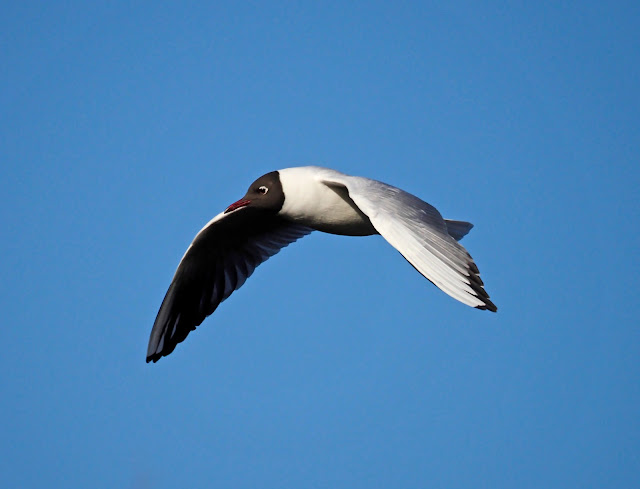Climate breakdown is accelerating rapidly, many of the impacts will be more severe than predicted and there is only a narrow chance left of avoiding its worst ravages, the Intergovernmental Panel on Climate Change (IPCC) has said in its latest report.
Even at current levels, human actions in heating the climate are causing dangerous and widespread disruption, threatening devastation to swathes of the natural world and rendering many areas unliveable.
“The scientific evidence is unequivocal: climate change is a threat to human wellbeing and the health of the planet” said Hans-Otto Pörtner, a co-chair of working group 2 of the IPCC. “Any further delay in concerted global action will miss a brief and rapidly closing window to secure a liveable future.”
The report says:
Everywhere is affected, with no inhabited region escaping dire impacts from rising temperatures and increasingly extreme weather
About half the global population – between 3.3 billion and 3.6 billion people – live in areas “highly vulnerable” to climate change
Millions of people face food and water shortages owing to climate change, even at current levels of heating
Mass die-offs of species, from trees to corals, are already under way
1.5C above pre-industrial levels constitutes a “critical level” beyond which the impacts of the climate crisis accelerate strongly and some become irreversible
Coastal areas around the globe, and small, low-lying islands, face inundation at temperature rises of more than 1.5C
Key ecosystems are losing their ability to absorb carbon dioxide, turning them from carbon sinks to carbon sources.
Some countries have agreed to conserve 30% of the Earth’s land, but conserving 50% may be necessary to restore the ability of natural ecosystems to cope with the damage wreaked on them
This is the second part of the IPCC’s latest assessment report, an updated and comprehensive review of global knowledge of the climate, which has been 7 years in the making and draws on the peer-reviewed work of thousands of scientists. The assessment report is the 6th since the IPCC was first convened by the UN in 1988 and it may be the last to be published while there is still some chance of avoiding the worst.
A first instalment, by the IPCC’s working group 1, published in August 2021, on the physical science of climate change, said the climate crisis was “unequivocally” caused by human actions, resulting in changes that were “unprecedented”, with some becoming “irreversible”.
This second part, by working group 2, deals with the impacts of climate breakdown, sets out areas where the world is most vulnerable and details how we can try to adapt and protect against some of the impacts.
A third section, due in April 2022, will cover ways to cut greenhouse gas emissions and the final part, in October 2022, will summarise these lessons for governments meeting in Egypt for the UN COP27 climate conference in November 2022.
Let us hope that the world finally listens and takes the immediate and radical action necessary to save the planet, humanity and biodiversity.
💚🦆 🦉🦋🐝🦊🦡🌼 🌳💚
Stay safe, stay well, stay strong, stay connected with nature
















































